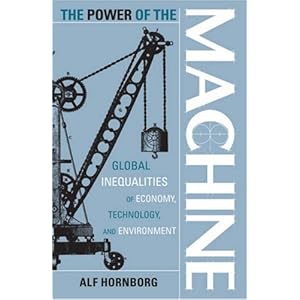
The image above shows the extent of the Gulf oilspill currently approaching the Mississippi Delta. A diagram, showing the location of potentially affected wildlife, is below.

Since genetically engineered (GE) crops were introduced in 1996, their use in the United States has grown rapidly, accounting for 80-90 percent of soybean, corn, and cotton acreage in 2009. To date, crops with traits that provide resistance to some herbicides and to specific insect pests have benefited adopting farmers by reducing crop losses to insect damage, by increasing flexibility in time management, and by facilitating the use of more environmentally friendly pesticides and tillage practices. However, excessive reliance on a single technology combined with a lack of diverse farming practices could undermine the economic and environmental gains from these GE crops. Other challenges could hinder the application of the technology to a broader spectrum of crops and uses.
Several reports from the National Research Council have addressed the effects of GE crops on the environment and on human health. However, The Impact of Genetically Engineered Crops on Farm Sustainability in the United States is the first comprehensive assessment of the environmental, economic, and social impacts of the GE-crop revolution on U.S. farms. It addresses how GE crops have affected U.S. farmers, both adopters and nonadopters of the technology, their incomes, agronomic practices, production decisions, environmental resources, and personal well-being. The book offers several new findings and four recommendations that could be useful to farmers, industry, science organizations, policy makers, and others in government agencies.
 What's the biggest problem facing humanity over the next 50 years? According to Nobel lauriate Richard Smalley, the answer is energy. In an engaging and thought-provoking lecture, Smalley explains that finding sustainable sources of energy for the entire world will not only alleviate a growing energy crisis, but will also assist in the solution to many of the world's other problems, such as water, terrorism, and health.
What's the biggest problem facing humanity over the next 50 years? According to Nobel lauriate Richard Smalley, the answer is energy. In an engaging and thought-provoking lecture, Smalley explains that finding sustainable sources of energy for the entire world will not only alleviate a growing energy crisis, but will also assist in the solution to many of the world's other problems, such as water, terrorism, and health. In addition to diagnosing the magnitude of the problem, Smalley also presents his vision for our energy future -- the transition to renewable sources of energy by developing cost-effective technologies that capture solar, wind, and geothermal energy. While the talk looses a bit of its perspective at the end as Smalley argues that advances in his area (nanotechnology) are the key to achieving a sustainable energy future, it is interesting to contrast his general emphasis on the need for new energy technologies with the relatively decline in the proportion of R&D funding given to energy (see below).
In addition to diagnosing the magnitude of the problem, Smalley also presents his vision for our energy future -- the transition to renewable sources of energy by developing cost-effective technologies that capture solar, wind, and geothermal energy. While the talk looses a bit of its perspective at the end as Smalley argues that advances in his area (nanotechnology) are the key to achieving a sustainable energy future, it is interesting to contrast his general emphasis on the need for new energy technologies with the relatively decline in the proportion of R&D funding given to energy (see below).

 We begin with the work of Swedish anthropologist Alf Hornborg and, in particular, the arguments in his book The power of the machine : global inequalities of economy, technology, and environment. From world-systems theory Hornborg takes the conclusion that global society manifests aspects of a zero-sum game, i.e. that the gains of one region come at the expense of another. It is this idea that Hornborg sees as the fundamental factor underpinning the creation of world-systemic structures based around developed cores and less developed peripheries -- that the development of the core is built in part on the exploitation of the periphery.
We begin with the work of Swedish anthropologist Alf Hornborg and, in particular, the arguments in his book The power of the machine : global inequalities of economy, technology, and environment. From world-systems theory Hornborg takes the conclusion that global society manifests aspects of a zero-sum game, i.e. that the gains of one region come at the expense of another. It is this idea that Hornborg sees as the fundamental factor underpinning the creation of world-systemic structures based around developed cores and less developed peripheries -- that the development of the core is built in part on the exploitation of the periphery.